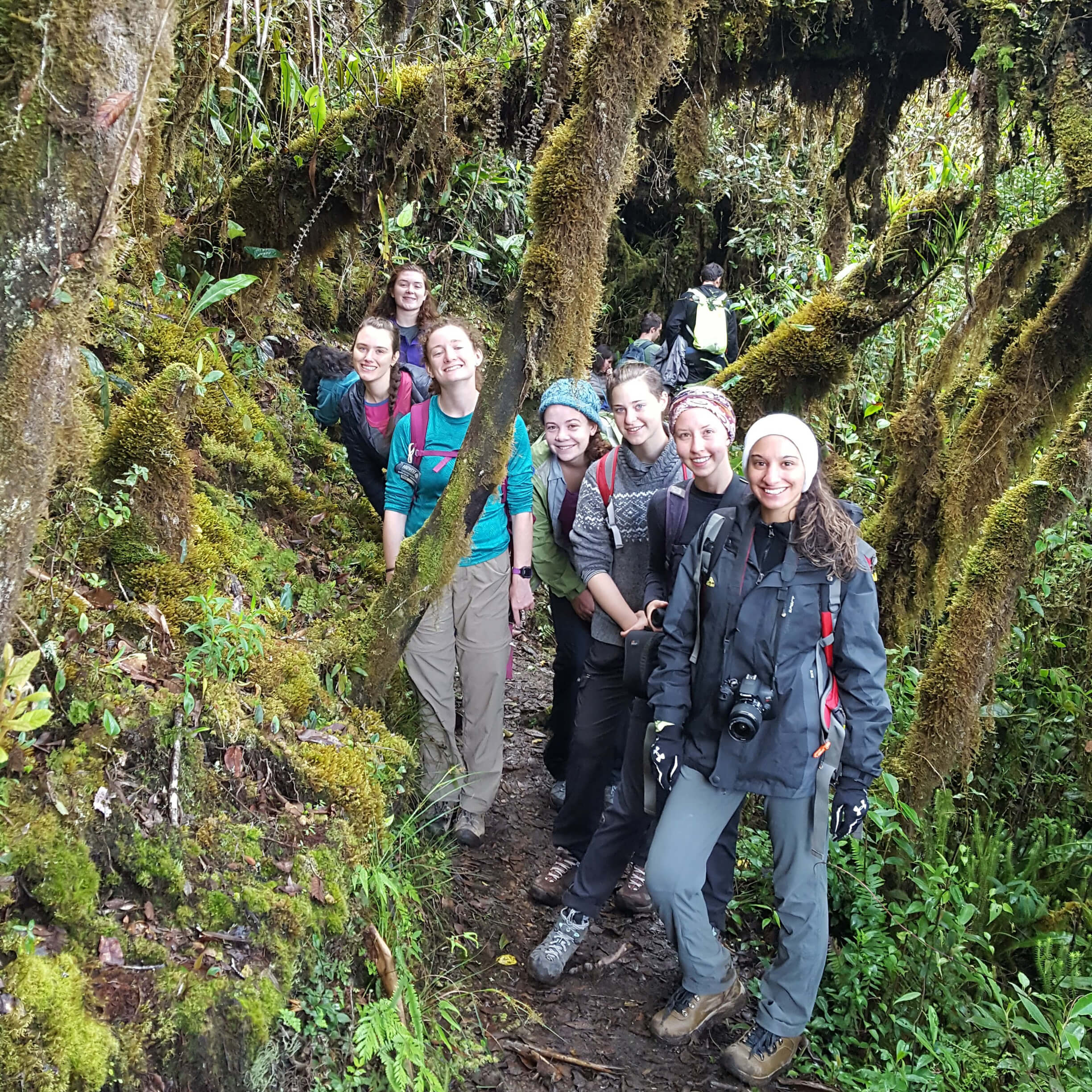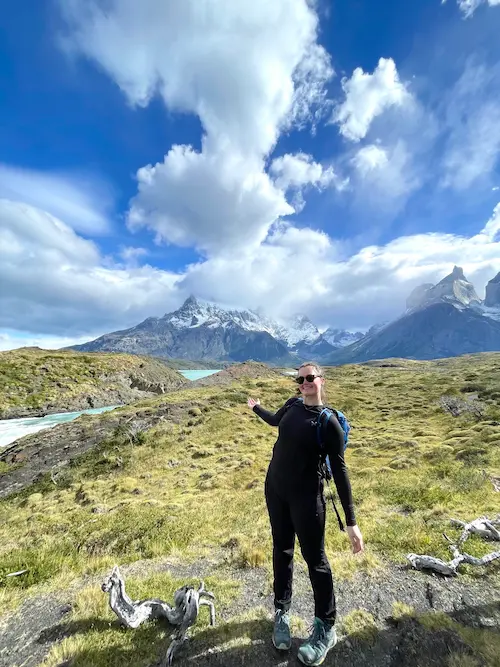Cloud Forest Exploration
We’ve spent the past week of class road tripping through the Andes Mountains near Cusco, stopping periodically for lectures or to visit museums. I’ve particularly enjoyed all of our field excursions this week, but my favorite site was undoubtedly Wayqecha Biological Station, a research station located at 3000m above sea level, in a cloud forest. I am primarily interested in plants, so I was in awe to learn that 239 species of orchids have been identified within this single research area. Despite the muddy trails and being short of breath from the altitude, it was an unforgettable experience to hike among trees covered in bromeliads and draped with moss, watching the clouds move in and out of the mountains around us.

Photos courtesy of Brielle Seitelman
Our days started early with breakfast at 7am: usually a small round of bread, a fried egg, fruit, and a warm cup of strong Andean coffee. We spent much of the morning hiking along the mountain trails looking for scat and evidence of Andean bears, and setting up camera traps to catch footage of the bears present at the station. During the hike, we had the opportunity to learn from Karina Vargas Serrano, a local bear researcher, about the human-bear conflicts that occur in the area and how she is working with local communities to protect these charismatic animals.
In the afternoon, our fieldwork took us into the cloud forest again to a canopy walkway and a fog exclusion experiment. The study area is confined by huge green panels to keep out the mist, and the difference in humidity was palpable as soon as we entered the study area. Cloud forests are an area of peak diversity of many plant species and birds, so this long-term experiment is seeking to understand how changing climate conditions will affect the delicate cloud forest system.

Since there is no electricity connected to the station, we learned more about the work happening at the station during the short time that the generator was running each evening. We listened to researchers studying hummingbirds at Wayqecha and discussed the political ecology of the rural Andes, then we turned on our headlamps as we wandered up to the dorms, crawled into bed, and eagerly awaited the next day’s activities.

Related Posts


